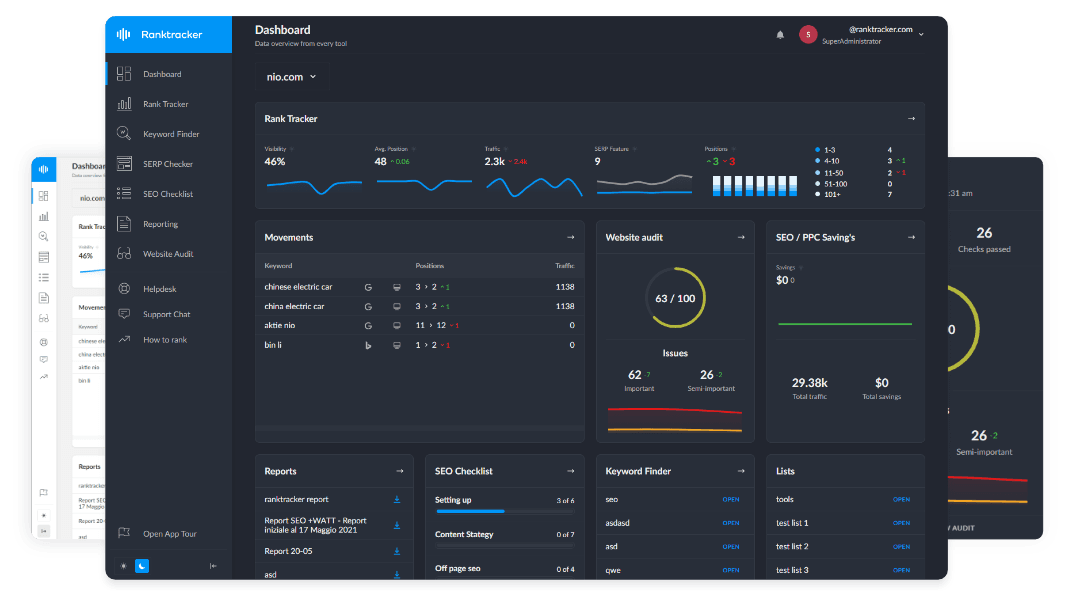Intro
Language content in SEO refers to optimizing content for different languages, regions, and dialects to improve search visibility and user engagement. It ensures that content is linguistically accurate, culturally relevant, and search-engine optimized for target audiences.
Why Language Content Matters for SEO:
- Expands global reach and audience engagement.
- Improves local search visibility with geo-targeted content.
- Enhances user experience by aligning with linguistic preferences.
Key Elements of Language Content Optimization
1. Multilingual SEO & Hreflang Implementation
- Use hreflang tags to indicate content language variations.
- Example:
<link rel="alternate" hreflang="en" href="https://example.com/en/"><link rel="alternate" hreflang="es" href="https://example.com/es/">
2. Localized Keyword Research
- Keywords vary by language and region, requiring localized research.
- Example:
- "Best SEO Tools" in English vs. "Mejores herramientas SEO" in Spanish.
3. Content Translation vs. Transcreation
- Translation: Direct conversion of content into another language.
- Transcreation: Adapting content to fit cultural and regional nuances.
- Example:
- US Campaign Slogan: "Get Ahead with SEO!"
- Localized Version: "Avanza con Estrategias SEO!" (Spanish adaptation with cultural fit.)
4. Geo-Targeting & Localized Search Optimization
- Optimize content for specific locations using Google My Business & region-specific keywords.
- Example:
- "SEO Agencies in London" vs. "Meilleures agences SEO à Paris."
5. URL Structure for Multilingual Content
- Use subdirectories, subdomains, or ccTLDs (country-code top-level domains).
- Example:
example.com/en/(Subdirectory)en.example.com(Subdomain)example.fr(ccTLD)
6. Content Formatting & Readability for Different Languages
- Some languages require right-to-left (RTL) text formatting.
- Example:
- Arabic & Hebrew content should use proper RTL formatting.
7. Technical SEO for Language Content
- Ensure meta tags, alt text, and structured data support multilingual content.
- Example:
<meta name="description" content="Meilleures pratiques SEO pour sites multilingues.">
How to Optimize Language Content for SEO
✅ 1. Conduct Keyword Research for Each Language
- Use Google Keyword Planner, Ahrefs, and Ranktracker to find local search terms.
✅ 2. Implement Hreflang Tags Correctly
- Avoid duplicate content issues by properly configuring hreflang attributes.
✅ 3. Adapt Content for Regional & Cultural Relevance
- Translate but also contextually adapt content for different audiences.
✅ 4. Optimize Internal Linking for Multilingual Sites
- Ensure cross-language linking to connect related pages.
✅ 5. Monitor Performance Using Google Search Console
- Track international rankings and adjust strategy accordingly.
Tools to Optimize Language Content in SEO
- Google Search Console – Monitor geo-targeted search performance.
- Ranktracker’s Keyword Finder – Identify regional keyword variations.
- Ahrefs & SEMrush – Track multilingual ranking performance.
Conclusion: Strengthening SEO with Optimized Language Content
A well-structured multilingual SEO strategy enhances global visibility, user experience, and search performance. By focusing on hreflang implementation, localized keywords, and culturally adapted content, businesses can effectively reach international audiences.

